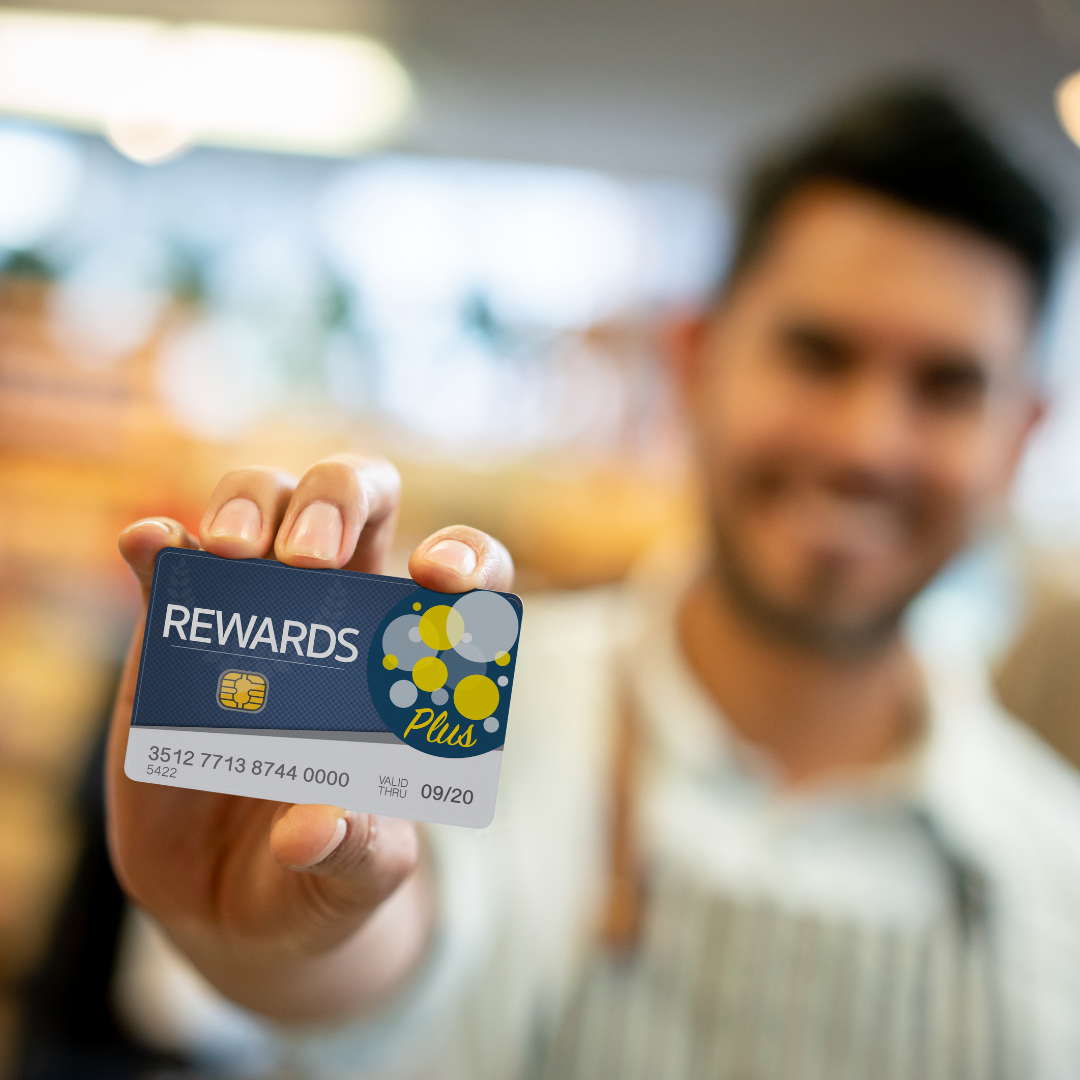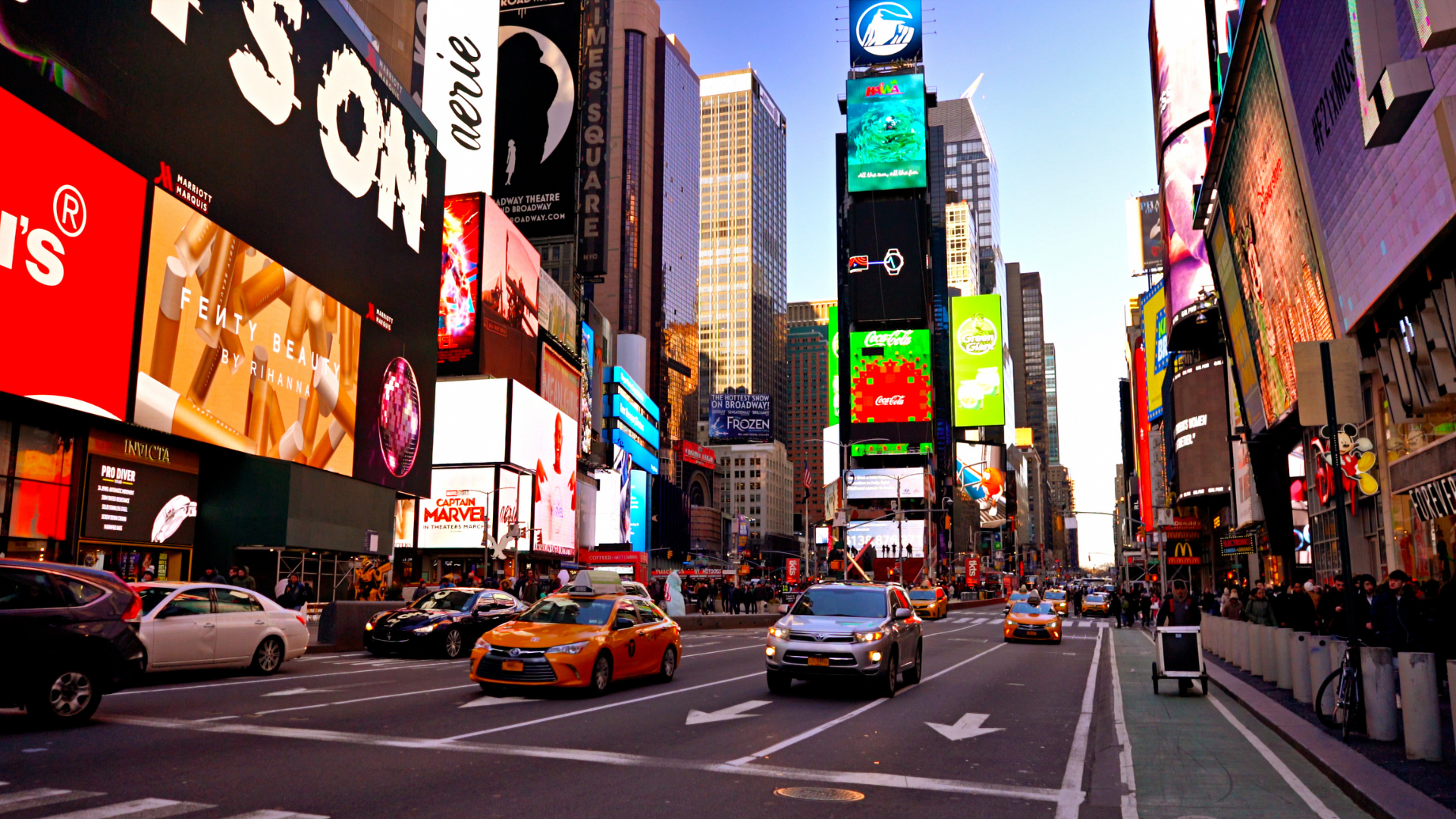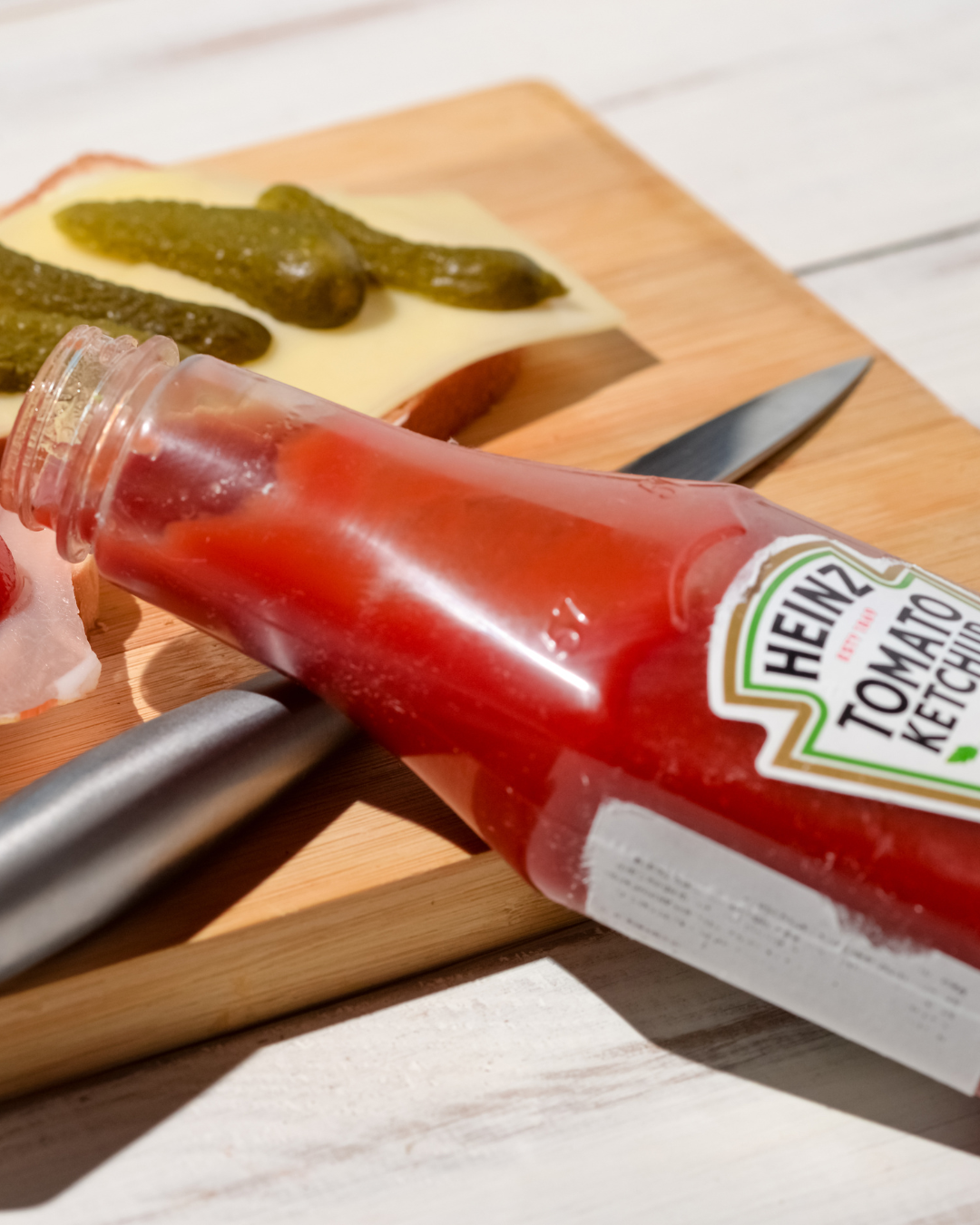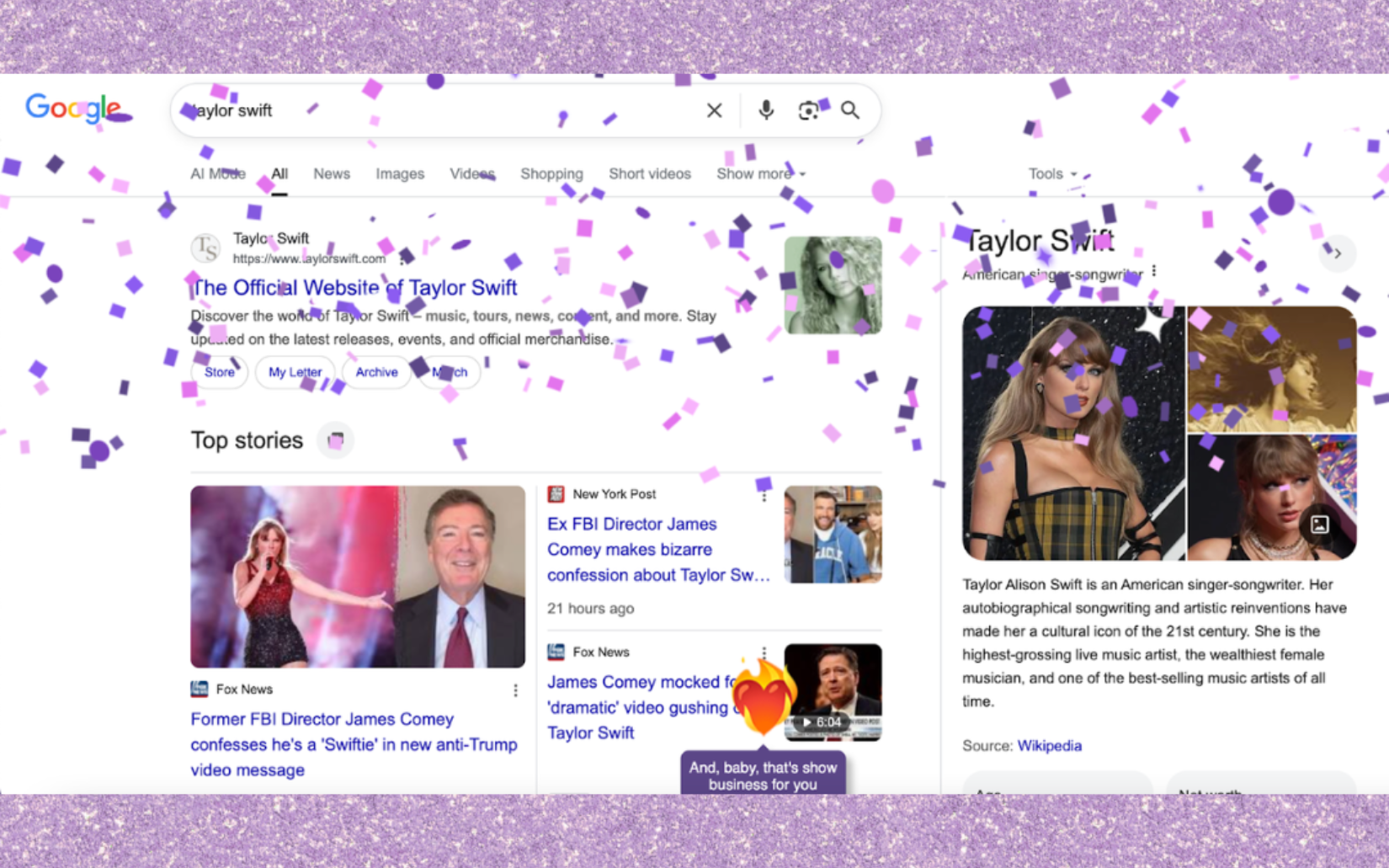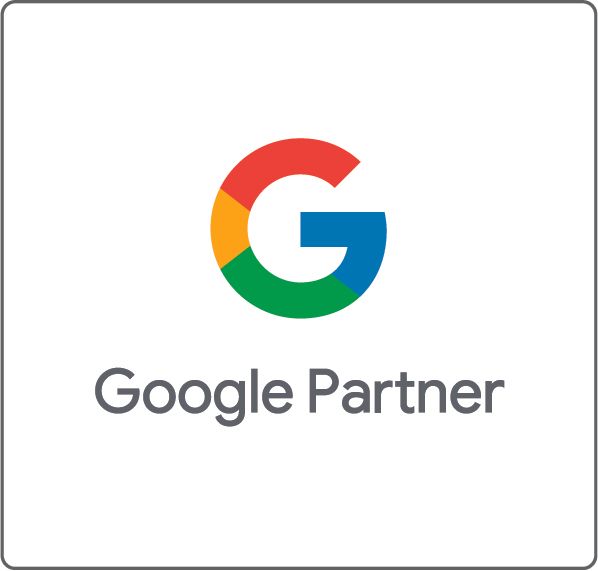Everything is Connected
The landscape of TV watching has undergone a radical transformation in recent years, witnessing the decline of cable domination in favor of over-the-top (OTT) streaming services. For the first time, the consumers have control and the provider with the best shows, best service, and most options will win their business. A major factor contributing to the rise of OTT is the simultaneous rise of Connected TV (CTV). Often incorrectly used interchangeably for each other, Connected TV is the hardware that hosts OTT such as Smart TVs or devices such as Firesticks, Chromecast, and even gaming systems like Xbox and Playstation.
While the original OTT pioneers like Netflix, YouTube, and Hulu always drew attention from brands in the entertainment industry, it was the COVID-19 pandemic that truly set off the streaming wars. With nowhere to go but home, competition from renowned brands such as Amazon, HBO, and Disney arrived quickly and with a determination to disrupt.
As we move further away from the pandemic, these platforms have begun to serve a new purpose and have changed in response. The largest change has been the introduction of ad-tiered subscriptions. Not only has this changed how consumers view these services, but the door has been opened wide for advertisers who have longed for a place to call home in the streaming era.
Which one is right for me?
With nearly all of the providers in the streaming industry offering some degree of advertising, marketers have plenty of options with any amount of budget. Unfortunately, for most of the most popular services such Netflix, Disney+, and Amazon Prime are out of play with the WSJ reporting that Netflix was asking for a minimum commitment of
$10M.
For those lacking a multi-million dollar budget, avenues like Amazon demand-side platform (DSP) and YouTube TV offer more feasible options. While both of these options offer traditional video ads to be shown to targeted audiences, Amazon DSP is more internet based. YouTube TV has long placed itself as an alternative to cable, offering advertising equal to those seen on there. Amazon DSP takes advantage of its host of physical products (Fire TV, Kindle, etc.) and websites (Goodreads, IMDb, Audible, etc.) and allows smaller advertisers to reach niche audiences such as gamers on Twitch.tv.
As for pricing, Amazon DSP demands a minimum commitment of $50,000 per campaign and YouTube TV with a requirement of $35,000. An illustrative case is Amazon's promotions during 2023 Black Friday Football, as they showcased a host of the platform's strategic utilization for impactful marketing for themselves and outside brands. On the other hand, YouTube TV presents another alternative. Through working with an appointed Google Representative, you can get consistent advertising nation-wide and reach more traditional audiences. These platforms cater to advertisers with stronger financial capacities, providing tailored approaches to connect with audiences effectively.
For those venturing into streaming advertising for the first time, there are numerous cost-effective options abound. Amazon Sponsored TV (separate from Amazon DSP), for instance, offers an entry point without any dollar commitment. Although it might not secure prime spots during high-profile events like Thursday Night Football, MLB Games, or Prime Video, it provides marketers with access to an incredibly diverse and expansive audience across Amazon’s wide array of services. Conversely, Hulu opens its doors for advertisers with rates as low as $500 a month. This avenue allows brands to place their ads amidst some of the most sought-after shows, rivaling the visibility offered by Netflix but at a fraction of the cost. These platforms serve as accessible gateways for advertisers seeking effective ways to reach their target demographics within the streaming landscape.
What does the future look like?
In the relentless pursuit of audience attention, brands are exploring strategies and tactics never entertained before. Disney and their partner Hulu have begun to explore the idea of highly personalized
shoppable ads while you watch. Currently, ideas are being explored that will allow viewers to receive personalized prompts for products sent directly to their phones through push notifications or email. As they’ve done with entertainment, Disney aims to reinvent how advertising is perceived and used by marketers and customers alike.
Aside from new technologies, other major media conglomerates are actively exploring the prospects of consolidation, evidenced by recent moves such as the merger discussions between
Warner Bros and Paramount. Simultaneously, smaller brands, once synonymous with cable TV, are expanding their presence in the over-the-top (OTT) realm. Platforms like Crunchyroll, specializing in anime, and Tubi, hosting a spectrum of live channels, exemplify this trend. These shifts underline the evolving landscape of entertainment consumption. If you're seeking guidance on navigating this dynamic marketing landscape, consulting experts like SparkShoppe can pave the way for a tailored marketing approach suited to your brand's objectives.










